Approximately five acres of land near St. Anthony Falls in Minneapolis will go back to the Dakota community with plans to restore its significance to the area’s four tribes.
Owámniyomni Okhódayapi (O.O.), a nonprofit organization formerly known as Friend of the Falls, has selected Seattle-based GGN to work with Dakota knowledge keepers as the lead design team guiding the land restoration process.
O.O. President Shelley Buck said the four Dakota tribes do not want to own the land right now, but support the nonprofit taking ownership. When the restoration is complete, the tribes can take over if they want to, Buck added.
The land ownership process is still pending as the land will be transferred directly to the nonprofit as the city’s official designation. O.O. will work with the Dakota tribes to bring their vision to the site.
“Our hopes are to bring Dakota people back to our sacred sites, teach a history that wasn’t taught and really give Dakota people a voice again and to be visible again because we have been invisible in our own homelands for many, many years,” Buck said.
Buck said the organization recently signed a 25-year lease with the Army Corps of Engineering for site control allowing the design and engineering process to begin. The group hopes 35% of the design will be done by October or November and construction will begin either at the end of 2026 or the beginning of 2027.
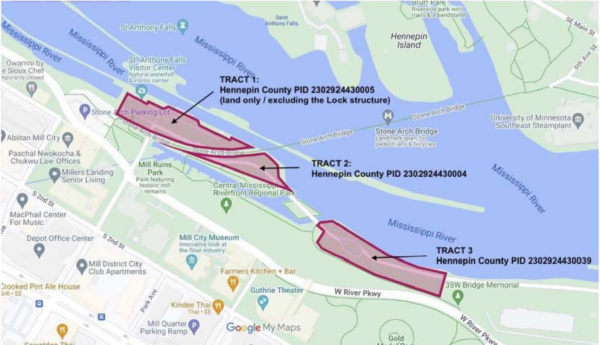
President of the Native American Community Development Institution Robert Lilligren said they worked on the community design process during the first season of the project. The institution also worked to turn the land over to Native control.
“I feel like this can be an important spot to authentically address some of those truths and to co-create a way of healing together,” Lilligren said.
Buck said the design would incorporate Dakota culture. In Dakota culture, everything has a life force, Buck added. The site will include no buildings to allow for reconnection with native species and water.
“When you treat something like (a life force), you tend to treat it better,” Buck said. “I think that’s what’s missing, and I think people look at things like the water as a resource when they should be looking at her as a relative and taking care of her.”
Key Design Leader David Malda said GGN’s role in the design process is to support, listen, amplify and connect Dakota leadership and guidance.
“We’re still at that kind of asking and learning stage of the project.,” Malda said. “We don’t have design drawings that say every path goes here or this is exactly what plant is here. At every step, we’re also challenging ourselves to make sure that this is done in a way that’s centering the Dakota knowledge, centering the Dakota voices.”
Lilligren said this land will educate people on what was here before colonization.
“It’s amazing how little a lot of non-Native people and some Native people, but non-Native people know about the history of this land, about the first people that were here, about Europeans and colonizers role in intentional genocide and cultural genocide here,” Lilligren said. “There’ll be an opportunity to educate every Native, non-Native, U.S. citizen, foreign traveler about the authentic history of this site.”
Corrections: A previous version of this article misspelled Shelley Buck’s name and misstated the name of the Friend of the Falls organization.


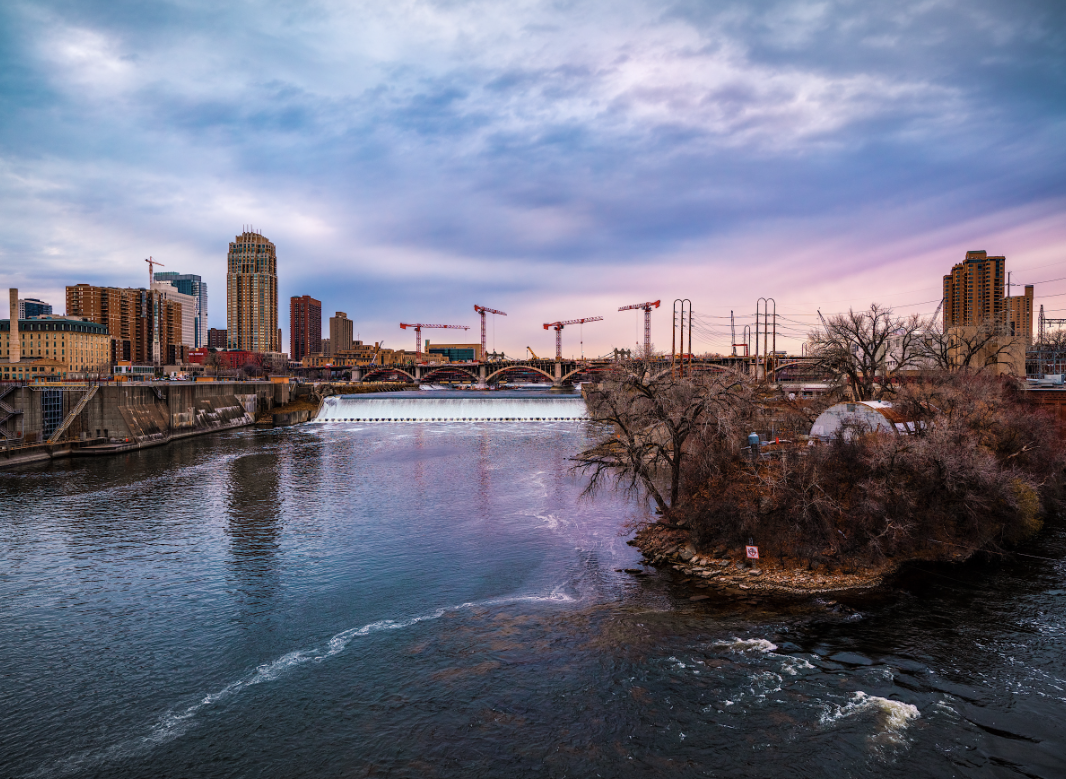
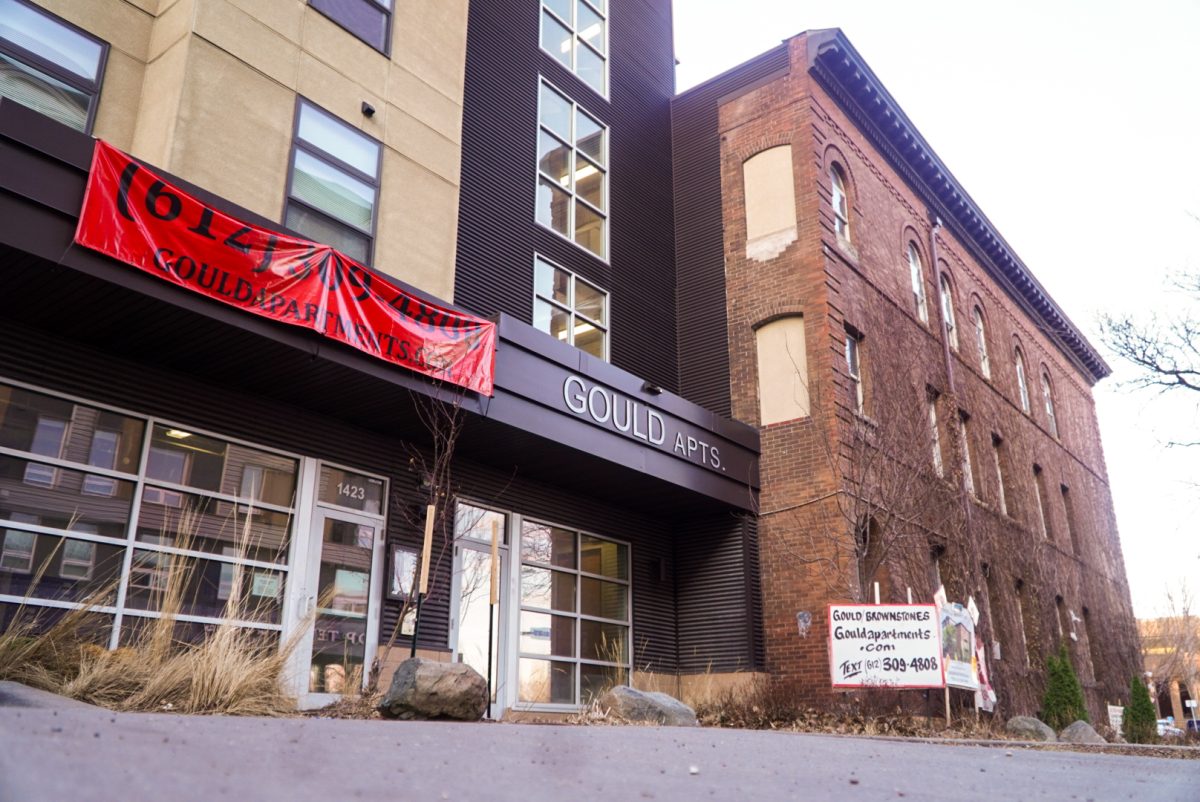
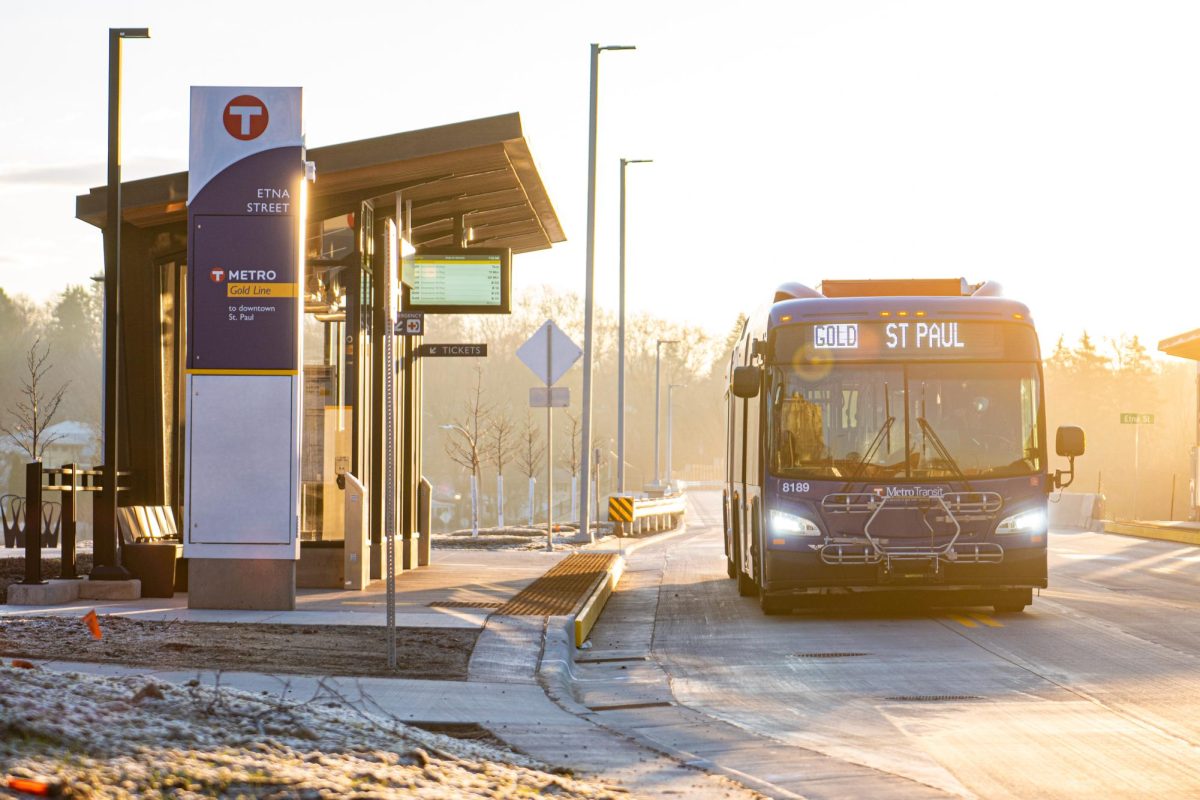


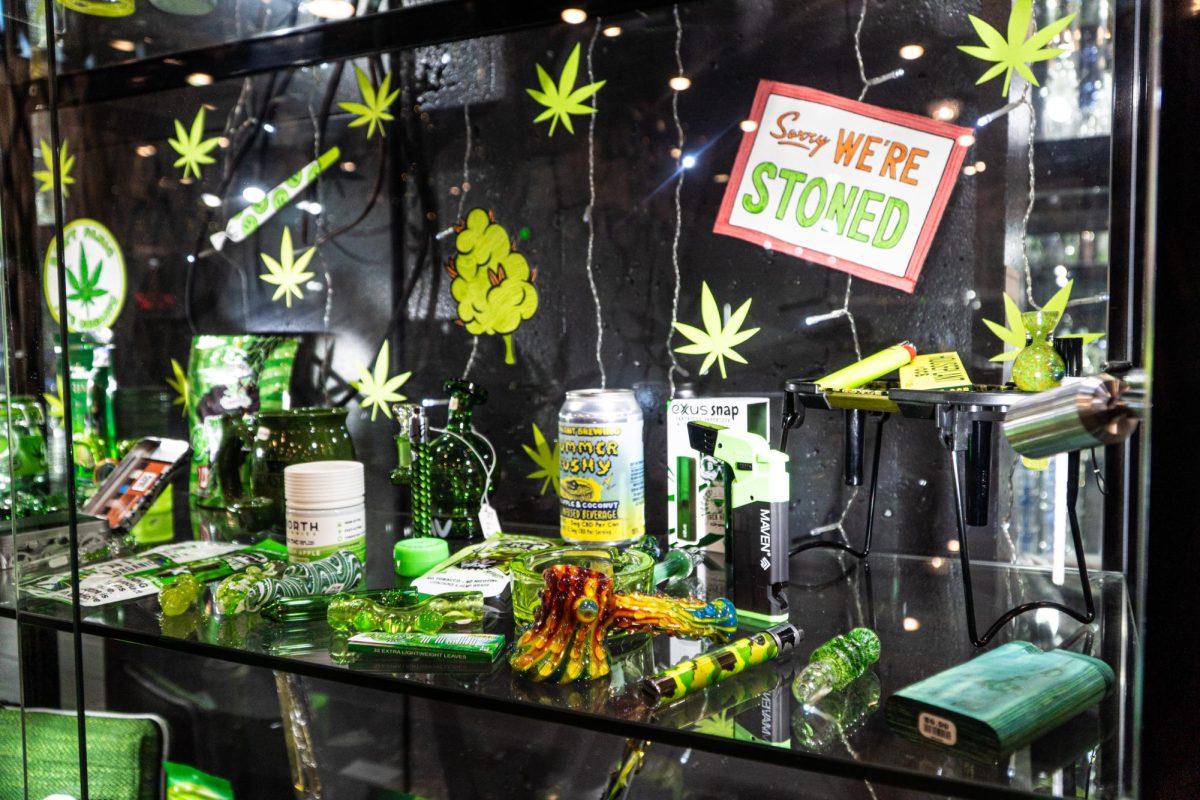

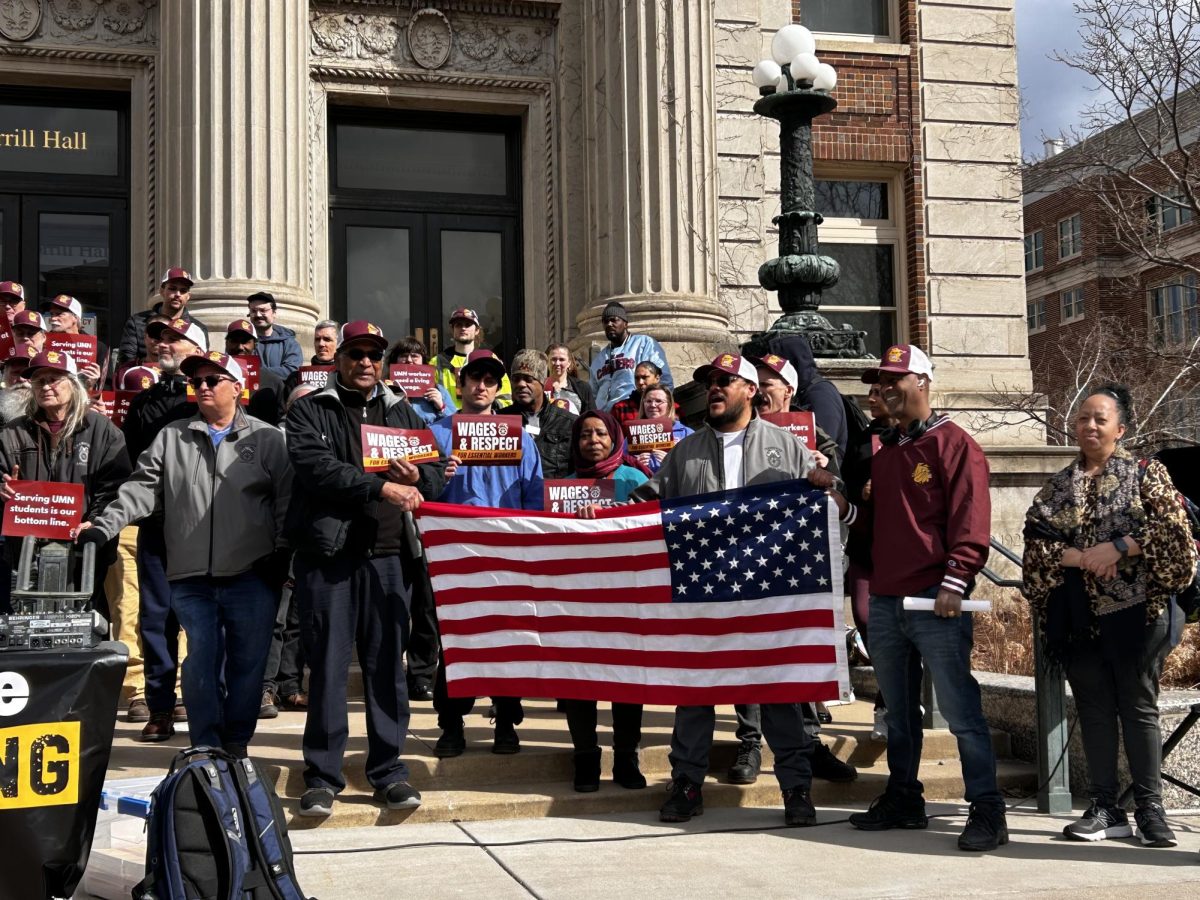

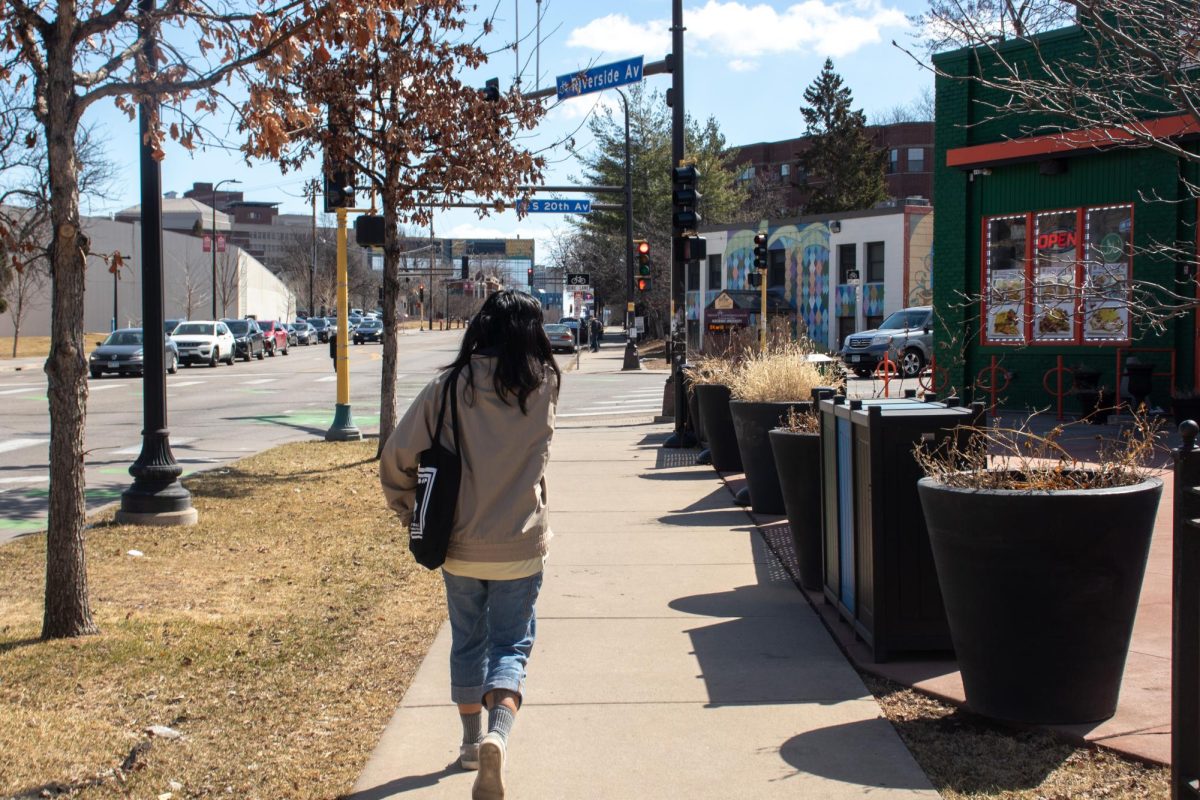
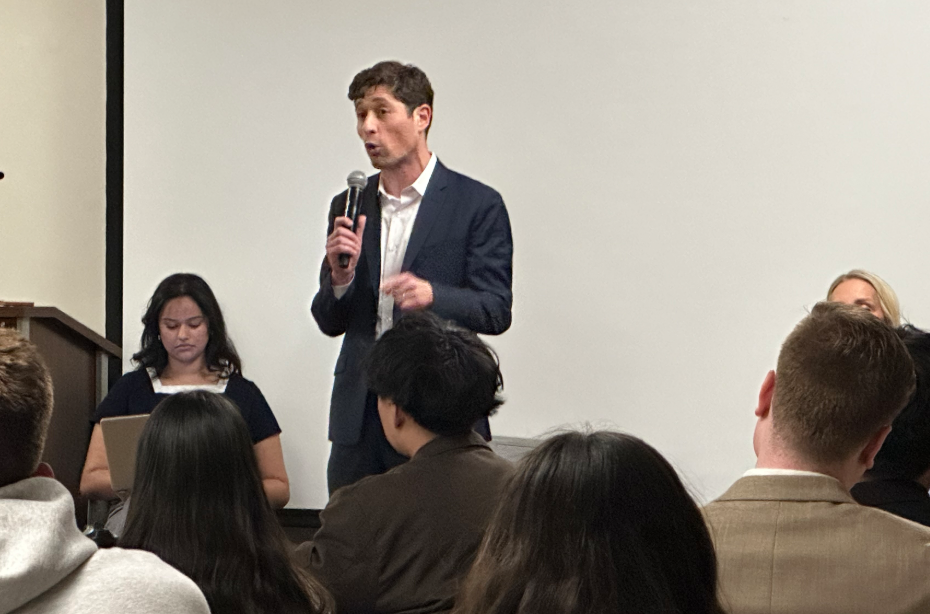

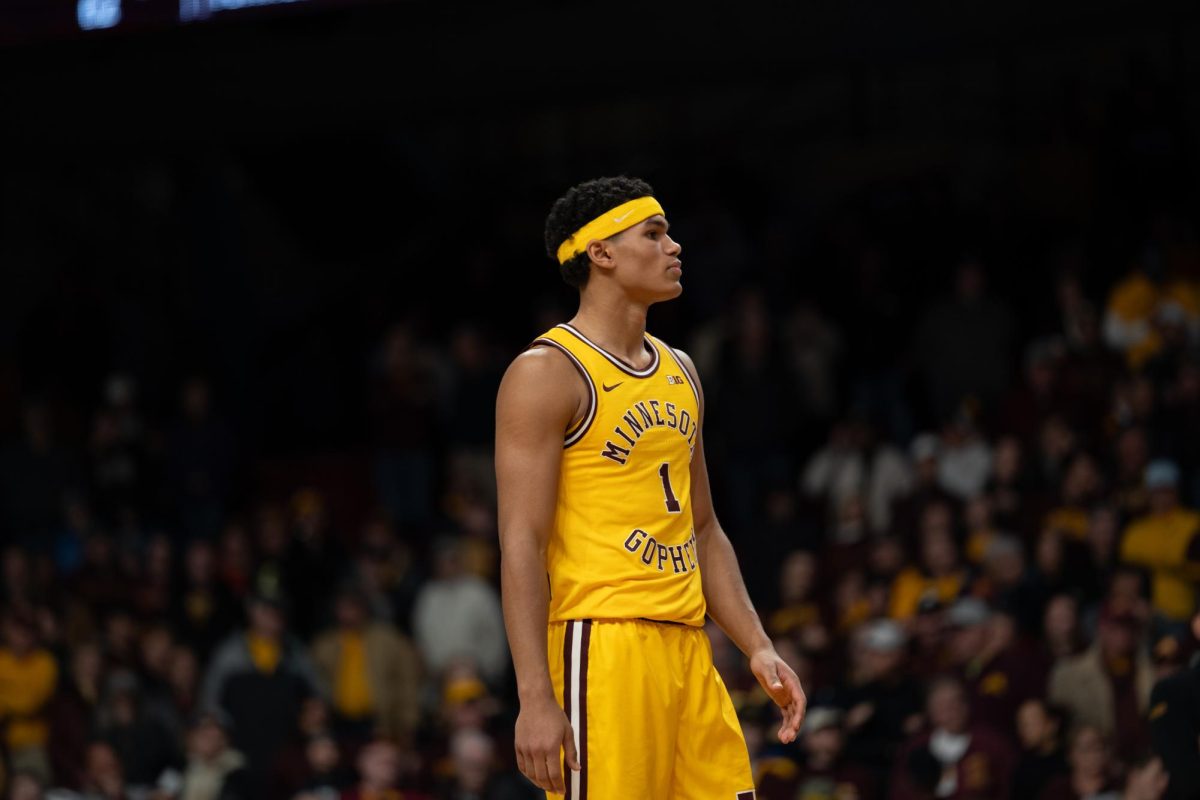
Georgia
Aug 23, 2024 at 12:38 pm
Glad to see it will be a historically accurate endeavor, that’s especially important for Native cultures and pride of who they are.; also inclusive of all peoples. I already love the insight of Native thinking treating the river as a living being instead of a resource. I look forward to seeing this project progress
matthew
Jul 20, 2024 at 7:35 pm
love to hear this!
Dean
Jul 19, 2024 at 11:12 am
Nice article. Including a map of the land would be helpful to readers.